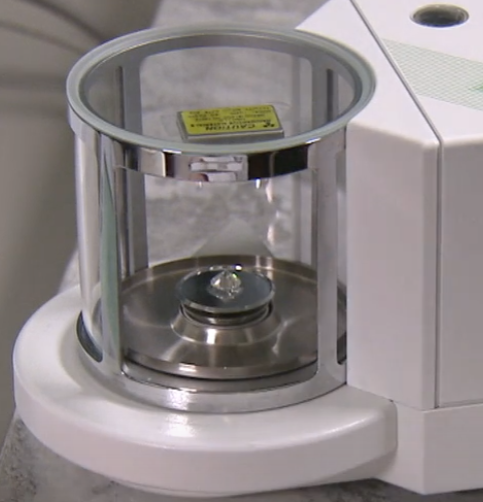What You Need to Know
Key Information in Diamond Certifications
Carat Weight: Carat measures the diamond’s weight and size.
Color: Diamonds are graded on a scale from D (colorless) to Z (light yellow or brown).
Clarity: This factor assesses imperfections inside or on the surface of the diamond, from flawless to included.
Cut: The cut directly affects how well a diamond reflects light, depending on its proportions, symmetry, and polish.


Each certification provides precise measurements and shape information, such as round, oval, or princess cut.
Fluorescence: Some diamonds emit a glow under ultraviolet light. The report notes fluorescence levels, ranging from none to strong.
Cut Grade (for Round Diamonds): Round diamonds receive a cut grade based on how well they’re shaped for maximum brilliance.
Additional Information
Laser Inscriptions: Many diamonds carry unique identification numbers or marks, often engraved for security purposes.
Popular Gemological Laboratories
Gemological Institute of America (GIA):
The GIA sets the global standard for diamond grading and certification. Learn more about their grading process and standards here.
American Gem Society (AGS):
AGS is renowned for its precise diamond cut grading. Discover their certification process here.
International Gemological Institute (IGI):
IGI is widely used for lab-grown diamonds. For more information, visit their website here.
Hoge Raad voor Diamant (HRD):
HRD, based in Europe, offers high certification standards. Learn more about HRD certification here.
European Gemological Laboratory (EGL):
EGL certificates are available in both Europe and the U.S., though standards may vary. Find out more about EGL here.
Why Diamond Certification Matters
Diamond certifications give you peace of mind by ensuring that an independent authority has graded your diamond. This transparency guarantees that you’re purchasing a high-quality, authentic product. At HEA Diamonds, we uphold these standards with every piece we offer. Learn more about our values and commitment to ethical, handcrafted jewelry on our About Us page.
At HEA Diamonds, we ensure that every diamond—whether natural or lab-grown—comes with certification from a trusted gemological lab. You can buy with complete confidence and know exactly what you’re getting.
Diamond Cut Grades
The cut impacts how well a diamond reflects light, rated from Excellent to Poor:
Ideal/Excellent Cut: Reflects almost all light, maximizing brilliance.
Very Good Cut: Reflects most light, offering close brilliance to the best cuts.
Good Cut: Reflects a decent amount of light.
Fair/Poor Cut: Reflects only a small portion of light, resulting in less brilliance.


Diamond Clarity Grades
Diamond clarity measures the presence of internal flaws (inclusions) and external blemishes. Here are the main clarity grades:
Flawless (FL): No internal or external flaws.
Internally Flawless (IF): No internal flaws; only minor surface blemishes are present.
Very, Very Slightly Included (VVS1, VVS2): Inclusions are extremely difficult to see under 10x magnification.
Very Slightly Included (VS1, VS2): Inclusions are difficult to see under 10x magnification.
Slightly Included (SI1, SI2): Inclusions are noticeable under magnification but often invisible to the naked eye.
Included (I1, I2, I3): Visible inclusions that may affect the diamond’s brilliance.
For more detailed visuals and explanations, visit the GIA Diamond Clarity Guide.
Diamond Color Grades
Diamonds are graded from D (colorless) to Z (light yellow or brown):
D–F (Colorless): Highest quality, rarest.
G–J (Near Colorless): Slight hints of color, less expensive.
K–M (Faint Yellow): Noticeable yellow tint.
N–R (Very Light Yellow): Obvious yellowish tint.
S–Z (Light Yellow): Deep yellow tint.
Carat Weight
Carat represents the weight of the diamond (1 carat = 200 mg):
0.25 to 0.50 carat: Smaller stones, ideal for simpler designs.
0.50 to 0.99 carat: Medium-sized stones, most popular.
1 to 2 carats: Considered larger for engagement rings.
2 carats and above: Larger, rare, and more expensive.

